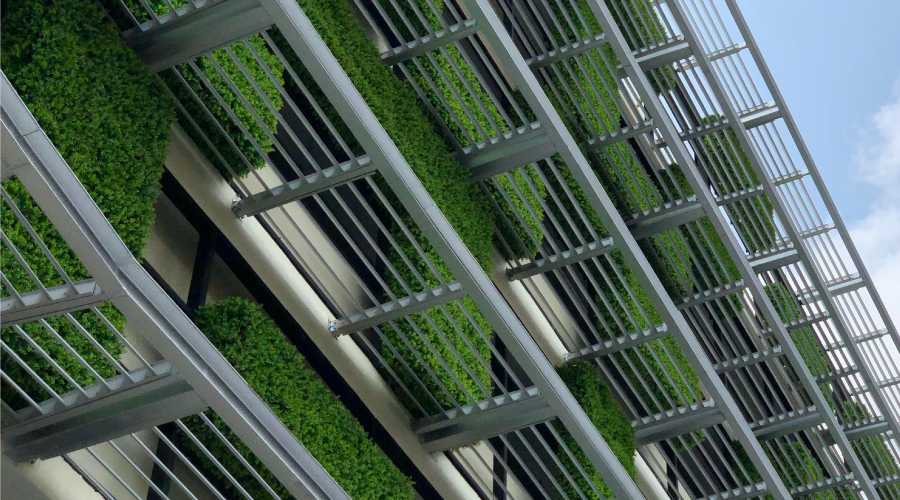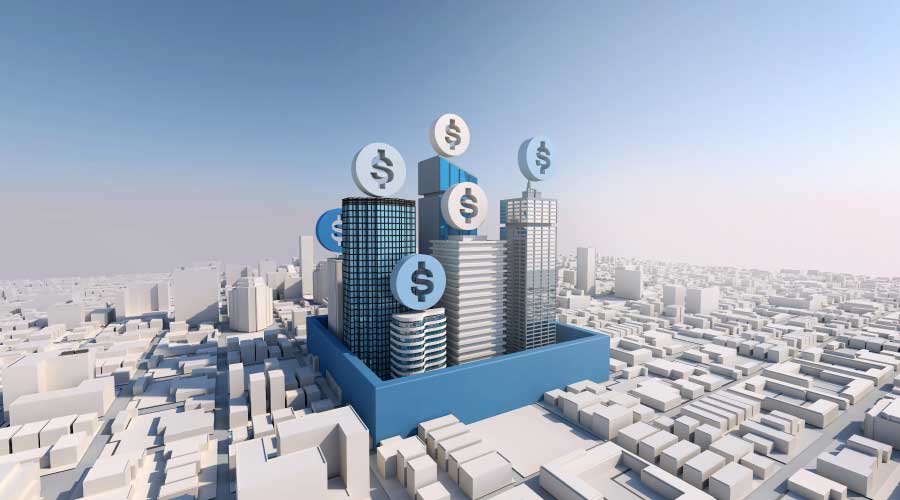Net-Zero Building Saves More Than Energy For Leon County, Fla.
The Leon County, Fla., Extension Center, which houses a group of year-round landscape and vegetable gardens, has added a new mission: to teach sound environmental principles as well as good horticultural practices. To do that, the Extension Center retrofitted a 50-year old building to achieve net-zero energy use and to capture and re-use rainwater for irrigation. The result is the Sustainable Demonstration Center, a net-zero building that saves more than energy for the county.
To get to net-zero energy use, the county both improved the energy efficiency of the building and installed solar power panels to generate the electricity that the facility would need. To tackle energy efficiency, part of the existing HVAC system was replaced with a 40 SEER-rated geothermal closed-loop HVAC system that will supply 17.5 tons (210,000 BTUs) of energy for heating and cooling for a zone covering approximately one-third of the floor space of the building. A series of 60 vertical well loops extending 90 feet into the ground recirculates water through buried small-diameter pipes. The well field leads to a manifold that connects to a compressor and heat exchanger located inside the building.
The geothermal system uses heat from the soil of ground and underlying aquifer to provide a stable supply of 68-degree water to the facility. Additional savings will accrue from using the geothermal system to supply hot water to replace the conventional electric hot water heater previously used. Along with the HVAC upgrade, T8 lamps and occupancy sensors were installed.
The 60-kilowatt solar photovoltaic system is designed to serve a zone making up about 40 percent of the area within the 13,000 square foot building. A total of 253 south-facing solar modules — positioned to maximize the amount of sunlight collected — were mounted on a new structural steel frame constructed over an existing parking lot; those panels also provide a shaded parking area. Each solar panel is independently monitored and able to respond individually to changing conditions. For example, a passing cloud cover may shut off electricity production from one area of panels while panels in another area remain unaffected.
Excess electricity produced by the system will be supplied back to the grid, essentially turning the electrical meter backwards. Actual production is being tracked using a software system that reports actual energy produced on a daily basis; for its debut operation in September of 2012, more than 54.0 MWh of energy were produced. The array is expected to annually produce 78,850 kWh (displacing that amount of fossil fuel consumption and saving approximately $11,000 in energy costs).
The project was funded partly by a state energy grant of $481,517.
The New Buildings Institute reviewed a year’s worth of energy data from the Sustainable Demonstration Center and verified that it has achieved net-zero energy use — one of only seven renovated facilities among the 33 buildings and districts to be verified for net zero energy use by NBI. The building has an energy use intensity (EUI) of 19. NBI reports that the average building EUI is 91, based on information from the Department of Energy.
Related Topics:












